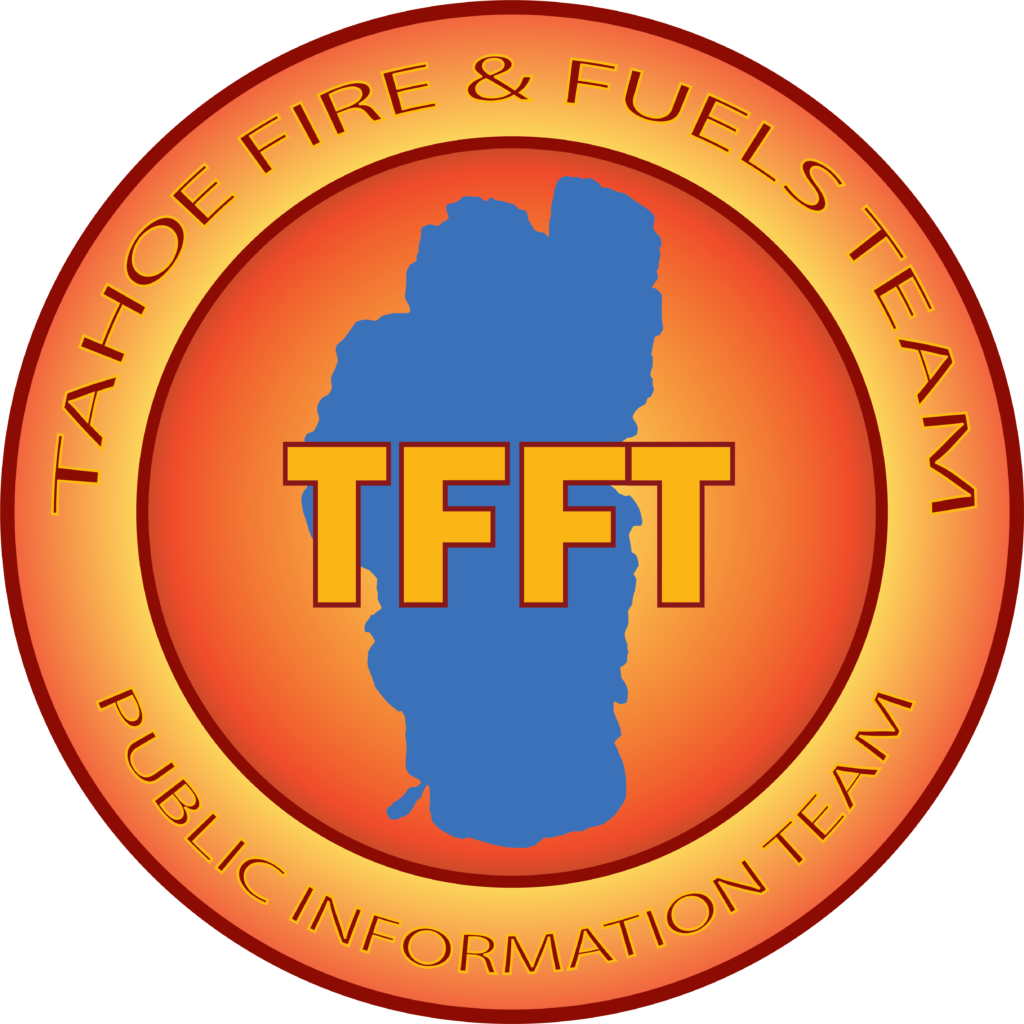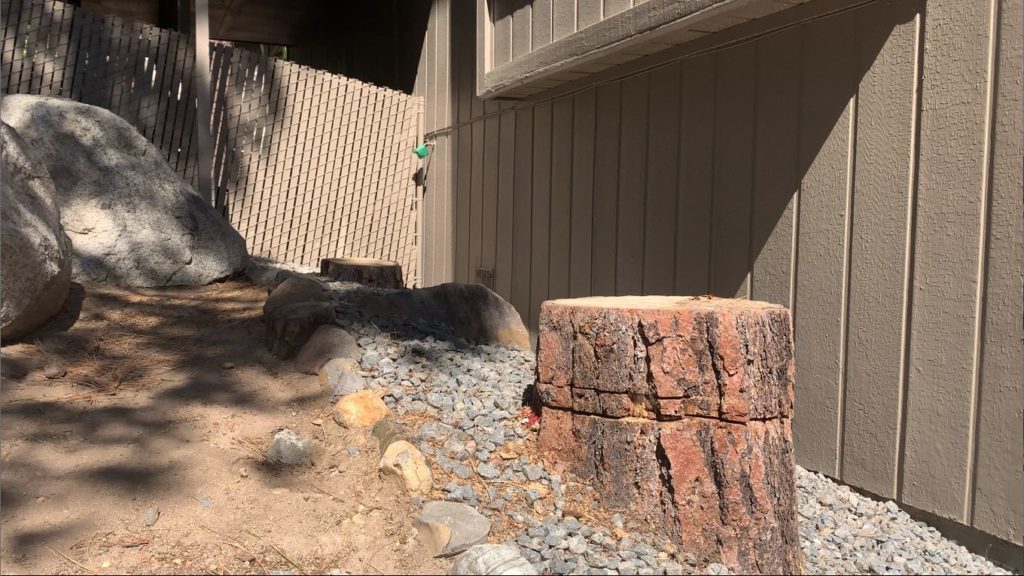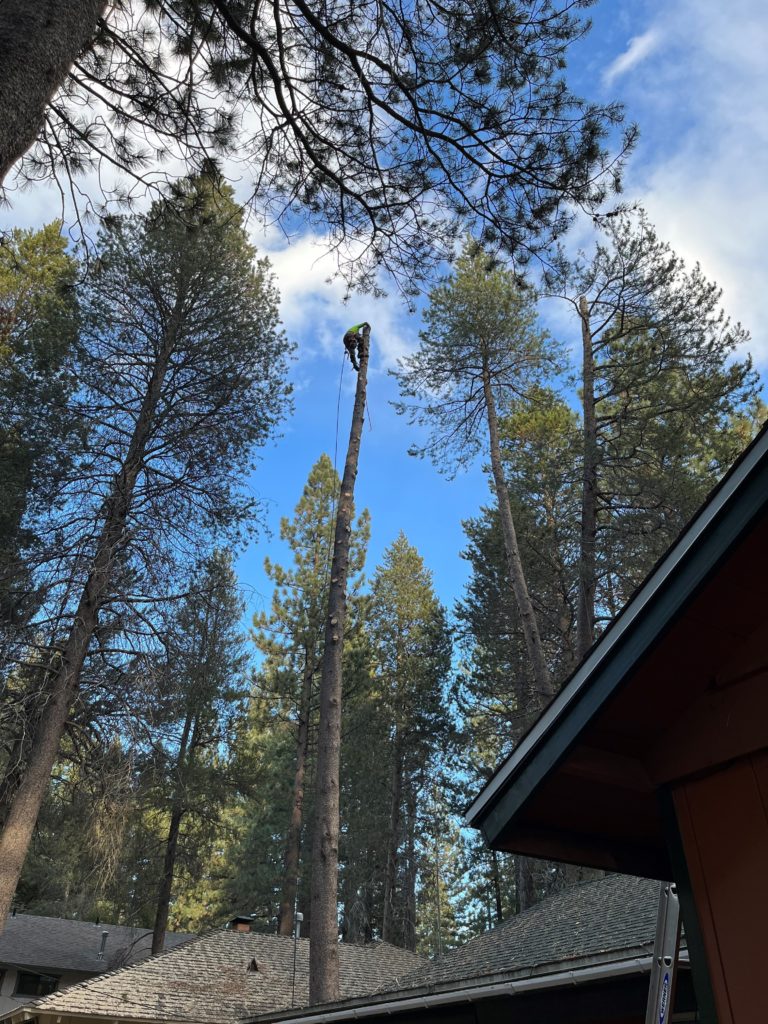Agencies share simple tree removal and defensible space steps in urgent call to action
July 21st, 2022
PRESS RELEASE
Tahoe Fire and Fuels Team
For Immediate Release – July 20, 2022
Agencies share simple tree removal and defensible space steps in urgent call to action
Contact: Jeff Cowen, Tahoe Regional Planning Agency, (775) 589-5278 or jcowen@trpa.gov
LAKE TAHOE, Calif./Nev. – With smoke in the air again, the Tahoe Fire and Fuels Team (TFFT) and Tahoe Regional Planning Agency (TRPA) are sharing an urgent call to action for Lake Tahoe residents and property owners to create defensible space and to follow a few simple steps if tree removal is needed.
Fire agencies, TRPA, and other water quality agencies are in agreement on all defensible space requirements and have developed simple tree removal guidelines to aid property owners in protecting homes and neighborhoods.
Defensible space is the area between a house and an oncoming wildfire where the vegetation has been managed to reduce the wildfire threat. Creating this space allows firefighters to safely defend the house and could even improve the likelihood of the home surviving without assistance. TFFT Incident Commander and North Lake Tahoe Fire Protection District Division Chief Isaac Powning says while defensible space sometimes requires a little planning, it should be a top priority for residents.
“Start with the simple things like raking pine needles and moving firewood away from structures,” Powning said. “Getting a free defensible space evaluation from your local fire agency will tell you what is needed, then it’s a matter of breaking it up into manageable projects. Tree removal may be a part of it, but the other recommendations are just as important.”
Following the 3,100-acre Angora Fire in 2007, forest managers, fire agencies, and water quality agencies including TRPA formed the Tahoe Fire and Fuels Team to coordinate efforts, streamline policies, and increase the pace and scale of forest health projects. The improved coordination led to some of the preparations that helped firefighters protect Lake Tahoe communities last year when the Caldor Fire entered the basin and burned nearly 10,000 acres.
“Property owners have a critical part to play in creating more resilient forests and TRPA encourages everyone to follow defensible space guidelines,” TRPA Public Information Officer Jeff Cowen said. “Public agencies are in alignment and working together to prepare for wildfire and protect the natural resources we all treasure at Tahoe.”\
Most fire hazard trees and limbs can be removed without a permit. Trees more than 14 inches in diameter and trees in a few specific circumstances require a TRPA permit, which is usually available from the local fire protection district with a defensible space evaluation.
Here is what property owners can do without contacting a permitting agency:
- Remove and manage brush in the “lean, clean, and green” zone within 30 feet of structures. Brush and smaller trees are ladder fuels, which can carry flames upward from the ground and into the tree canopy.
- Remove dead limbs, limbs within 10 feet of a chimney outlet, building or deck, and any live limbs in the lower one-third of the tree.
- Remove live trees less than 14 inches diameter at breast height. Diameter at breast height is measured 4.5 feet above ground on the uphill side of the tree. If unsure, use a string or soft measuring tape to measure around the tree. A 14-inch tree is 43.9 inches around.
- Remove dead trees. A conifer (pine/fir tree) is considered dead when it doesn’t have any green needles. Deciduous (leafy) trees can be determined dead by a qualified forester.
Outside of these circumstances, the first step is to request a free defensible space evaluation from the local fire district or department. In most cases, defensible space evaluators can issue tree permits on behalf of the TRPA, if needed. Residents, renters, and property owners can find their fire district contacts at tahoelivingwithfire.com/.
In sensitive areas, such as stream environment zones and along the lakeshore, vegetation removal should be done in consultation with the Tahoe Regional Planning Agency forester. Contact and other information are available at trpa.gov/trees-and-defensible-space/.
Tree removal can only be done with permission of the property owner. Information for renters is available at tahoelivingwithfire.com/. To report fire hazards on National Forest lots, contact the USDA Forest Service Lake Tahoe Basin Management Unit hotline at (530) 543-2759 or email sm.fs.paltbmu@usda.gov. For lots owned by the California Tahoe Conservancy, call (530) 542-5580 or report a concern online at tahoe.ca.gov/report-an-issue/. Concerns can also be reported to your local fire district or department.
###
About the Tahoe Fire and Fuels Team
The Tahoe Fire and Fuels Team (TFFT) consists of representatives of Tahoe Basin fire agencies, CAL FIRE, Nevada Division of Forestry and related state agencies, University of California and Nevada Cooperative Extensions, the Tahoe Regional Planning Agency, the USDA Forest Service, conservation districts from both states, the California Tahoe Conservancy, and the Lahontan Regional Water Quality Control Board. Our Mission is to protect lives, property and the environment within the Lake Tahoe Basin from wildfire by implementing prioritized fuels reduction projects and engaging the public in becoming a Fire Adapted Community.


